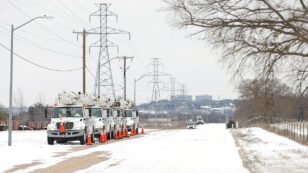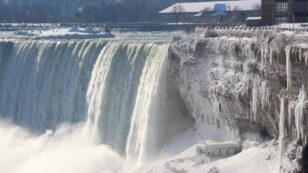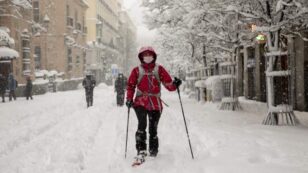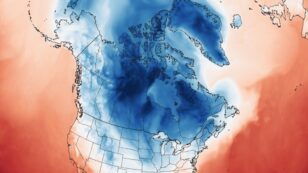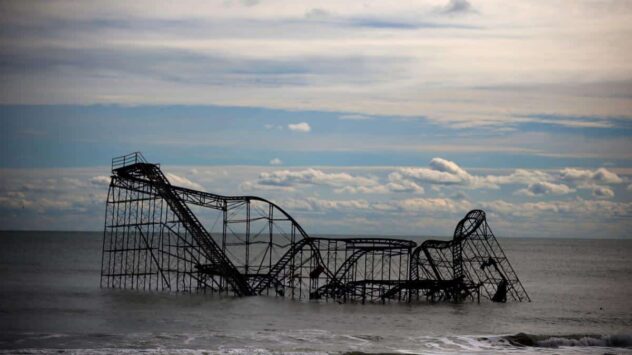
NOAA Updates Extreme Weather Forecasting Ability
Long-lasting droughts, unprecedented rainfalls and sudden cold snaps are becoming a reality for people across the country, but accurate forecasting models to predict when the next extreme weather event might hit lags behind, AP News reported. In response, the National Oceanic and Atmospheric Administration (NOAA) on Monday announced an upgrade to its Global Forecast System, […]

 233k
233k  41k
41k  Subscribe
Subscribe 


